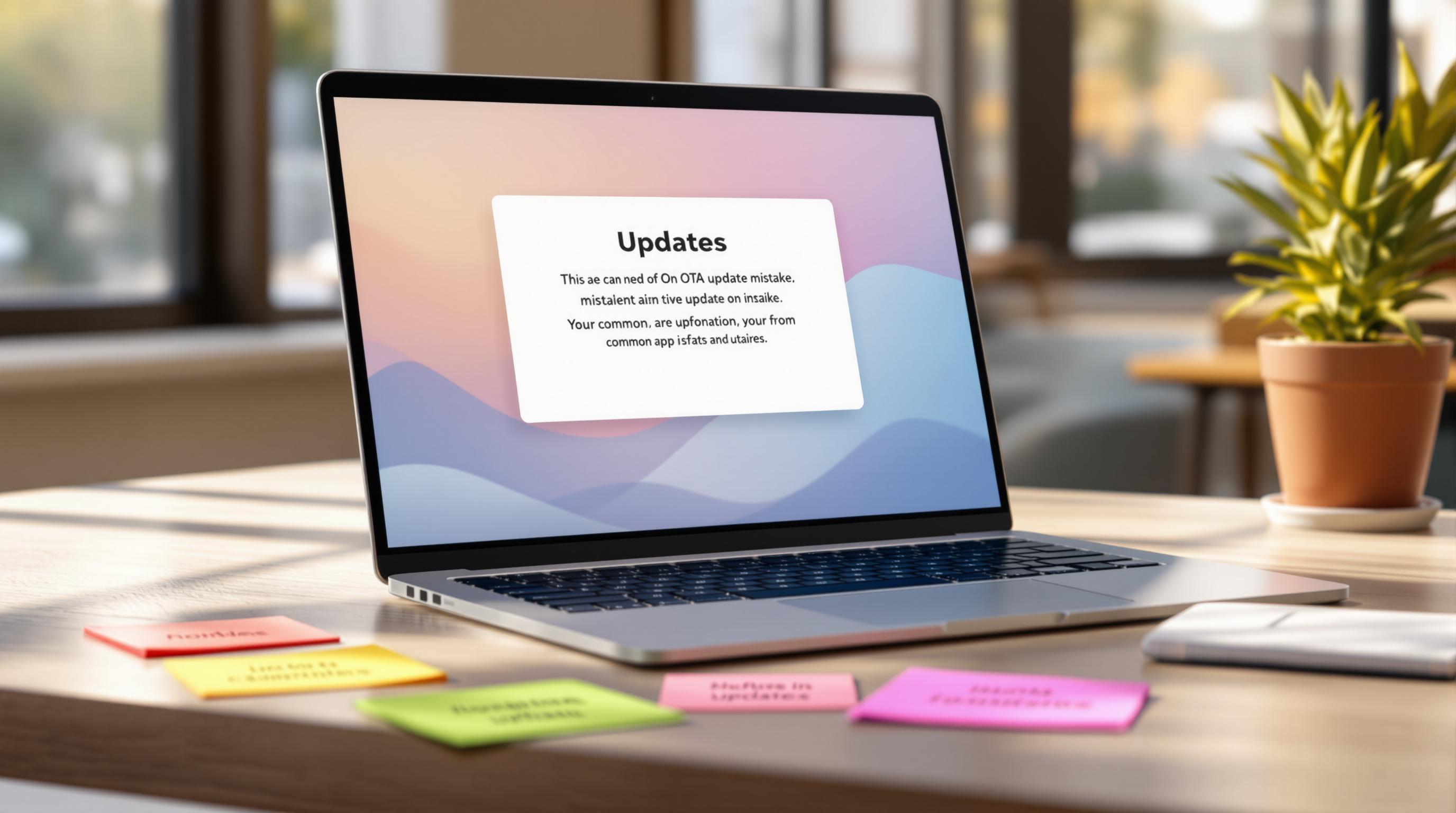Want your app to run better on low-end devices? OTA updates are the answer. Capacitor’s over-the-air (OTA) updates let you push only the necessary changes to your app - no full downloads required. This saves time, reduces data usage, and improves performance, especially for users with limited hardware or slow networks.
Key Benefits:
- Smaller Updates: Only download what’s changed, not the entire app.
- Faster Rollouts: Updates reach users in minutes, not days.
- Affordable: Capgo’s system costs ~$300/month compared to $6,000/month for alternatives.
- Improved Performance: Efficient resource use ensures smoother operation on devices with low RAM, storage, or weak networks.
Capgo has already powered 947.6 million updates across 1,400 apps, boosting release efficiency by 81%. Whether you’re dealing with limited storage, slow connections, or power constraints, OTA updates provide a smarter way to keep apps running smoothly.
Performance Issues on Low-End Devices
Low-end devices face several hurdles that can affect app performance and the overall user experience. These issues stem from hardware constraints, network challenges, and power limitations.
Hardware Limitations
Limited hardware capabilities have a direct impact on the reliability of OTA updates and device performance. Here’s a breakdown:
| Hardware Component | Constraint | Impact on Performance |
|---|---|---|
| RAM | Low capacity | Limited multitasking, crashes |
| Storage | Small space | Restrictions on update sizes |
| CPU | Low processing power | Sluggish performance, UI lag |
Devices with less memory are more prone to crashes, especially when running complex apps.
Network Performance
Network challenges play a major role in slowing down or interrupting updates:
- Limited Bandwidth: Many users rely on 2G or 3G networks, which are slower.
- Data Caps: Small data plans limit the ability to download large updates.
- Unstable Connections: Poor connectivity can interrupt and delay updates.
These network-related issues often prevent updates from completing successfully. Beyond this, power constraints add another layer of difficulty.
Power Management
Power usage is another critical factor for low-end devices:
- Battery Drain: Smaller batteries and less efficient processors cause faster drainage.
- Update Processes: Running updates or syncing in the background further depletes battery life.
- Overheating: Weak cooling systems can lead to overheating, causing thermal throttling and reduced performance during updates.
These power-related challenges frequently lead to failed updates. Data suggests a strong link between battery problems and update failures on low-end devices.
Performance Benefits of OTA Updates
OTA updates tackle the challenges posed by limited hardware and network resources by offering smarter, more efficient performance improvements. For example, Capacitor’s OTA updates send only the changes needed, instead of requiring users to download the entire app again. This approach reduces unnecessary data usage and speeds up the process.
Key OTA Update Functions
One standout feature of OTA updates is incremental (or delta) updates. These updates focus on delivering only the modified parts of the app, which significantly cuts down on download size and time. This method is much more efficient compared to app store updates, which often require downloading the entire app package.
OTA vs. App Store Updates
Unlike traditional app store updates, which demand a full app download, OTA updates are designed to be lean. They send only the updated portions of the app, saving users time and data. This is especially helpful for users on limited data plans or those using older devices that might struggle with large downloads.
Capgo Update System

Capgo’s system is built to address the hardware and network limitations many users face. This aligns with earlier performance insights [1]. As one developer shared:
“We rolled out Capgo OTA updates in production for our user base of +5000. We’re seeing very smooth operation almost all our users are up to date within minutes of the OTA being deployed to @Capgo.” - colenso [1]
This real-world example shows how OTA updates can quickly and reliably deliver fixes and improvements, ensuring apps run smoothly - even on devices with limited resources.
sbb-itb-f9944d2
OTA Update Performance Methods
OTA updates play a key role in improving how low-end devices function by managing resources more efficiently. These updates focus on loading components only when needed, cutting down file sizes, and handling data more effectively.
Component Loading Strategy
Lazy loading through OTA updates helps reduce both app size and memory usage by loading components only when required. Tools like Capgo make it possible to deploy changes instantly without the need for full app updates - especially important in areas with limited internet access. Smaller update payloads are equally critical for better performance.
File Size Reduction
OTA updates use techniques like image compression, selective font loading, code splitting, and removing unused code. These methods help ensure updates are smaller and work better on devices with limited storage or slower bandwidth.
Data Handling Improvements
Efficient data handling is essential for devices with fewer resources. Capgo provides tools that reduce server calls and make local data storage more efficient. As one developer put it:
“We practice agile development and @Capgo is mission-critical in delivering continuously to our users!” – Rodrigo Mantica [1]
Performance Test Results
Capgo’s OTA system was tested on 1,400 apps, delivering an impressive 947.6 million updates worldwide within minutes. This approach significantly cuts down update delivery times compared to the usual app store cycles, paving the way for even faster optimizations [1].
Speed Test Results
Capacitor OTA updates showed clear improvements in update delivery speed and app responsiveness. Test data highlighted consistent performance boosts, especially on low-end devices and in areas with poor connectivity [1].
Real-World Examples
A production deployment of the system successfully handled updates for over 5,000 users without any issues [1]. The use of end-to-end encryption ensures updates are delivered securely, while still maintaining high performance - an essential feature for devices with limited processing power [1].
Capgo Results
Companies using Capgo’s update system have seen an 81% boost in release efficiency. This is achieved through instant deployments, better resource management, and automated distribution [1]. Key features driving these results include:
- Smaller update packages that reduce bandwidth usage
- Integration with CI/CD pipelines for a smoother process
- Updates reaching users in minutes instead of days
These improvements align directly with the performance gains observed in speed tests and deployment scenarios [1].
Conclusion
Main Points
Capacitor OTA updates have shown to improve performance on low-end devices significantly. Capgo’s system has already powered 947.6 million updates across 1,400 apps, increasing release efficiency by 81% [1]. As Rodrigo Mantica puts it:
“We practice agile development and @Capgo is mission-critical in delivering continuously to our users!”
These achievements pave the way for even more advancements in OTA delivery systems.
Future Development
OTA updates for low-end devices continue to evolve. With end-to-end encryption ensuring secure updates without impacting performance and integration with CI/CD platforms like GitHub Actions and GitLab CI simplifying deployments, the process is becoming even smoother [1]. Cost is also a major factor: while AppFlow costs $6,000 annually, Capgo’s CI/CD setup is about $300 per month [1]. As NASA’s OSIRIS-REx team pointed out:
“@Capgo is a smart way to make hot code pushes (and not for all the money in the world like with @AppFlow)”
Looking ahead, advancements in package size reduction, bandwidth efficiency, resource management, and deployment speed are expected to further improve performance and user satisfaction, building on the robust benefits already demonstrated.




